Types of Hair Fall & Ayurvedic Oils That Help
As a kid, I watched a lot of television. A LOT! Whatever you think is apt for a child, double that. The shows and movies taught me a lot. To me they weren’t just entertainment; they were my education. They taught me how to speak, how to react, and basically how to navigate life. So it should be no surprise that the only dream I had was to grow up and become an actress or a model, at the very least. I even practised for it (cue the dramatics, the exaggerated monologues, and the pretend red carpet moments in my bedroom mirror).
As is obvious, the actress/model thing didn’t work out. But hey, I did walk away with one thing I always admired on screen: long, wavy hair (the good kind of wavy). I still love playing pretend with them. Just like those glamorous actresses and models in shampoo commercials, I also close my eyes, smile softly, and run my hand through my hair.
BUT! And see, this is the annoying part: every time, EVERY TIME, I run my hand through my hair, I always end up with strands of my hair caught between my fingers. Ugh! And while you may not have related to the first part, I’m very sure that THIS! This you can relate to.
And believe me, you’re in the right place. If you want to know how I ended up fulfilling my dream of being a (pretend) actress and was able to run my hands through my hair without any heart-shattering moment like that (just like they do in those advertisements), then continue reading along!
Table of Contents: |
Prevalence of Hair Fall in Urban Lifestyles
Living in a fast-paced urban environment often takes a toll on your health, including your hair. While hair fall is common regardless of age and gender, beyond a certain point (more than 50-100 strands per day), it’s a sign for better attention and a CRY FOR HELP!
Constant exposure to pollution, stress, and an imbalanced diet are just a few of the many culprits responsible for this. Not to mention the constant heat styling we subject our hair to to “keep up with the trends”. So, no wonder people suffer from hair fall so much!
This time, a modern problem requires an ancient solution. You may try whatever quick fixes you can think of, but the only effective remedy is the one rooted in Ayurveda. Oiling hair for hair fall is what can help you revive your scalp health.
Hair Fall vs Hair Breakage
First things first, you must be sure of the problem you are seeking help for. Often used interchangeably, there is a difference between hair fall and hair breakage. Hair fall happens from the root (look for a tiny white bulb at the end of the fallen strand), usually due to internal causes. Whereas hair breakage happens when the strand snaps along its length, often due to external factors. The external factors include excessive heat styling, harsh shampoos, or a lack of moisture.
The treatment differs for both. Hair oiling for hair fall is effective on its own, but hair breakage requires deeper hydration and repair.

Signs, Causes, and Visual Differences
Sign
Now that you’ve understood the theoretical difference between hair fall and hair breakage, here is a practical tip you can use to check and understand which problem you might be suffering from:
-
Check Your Brush or Pillow. Hair fallen from the root will have a white tip, while broken strands won’t.
Causes
Hair Fall: Causes of hair fall include stress, hormonal imbalance, genetics, nutritional deficiencies, and scalp infections.
Hair Breakage: Causes of hair breakage include dry and brittle hair due to chemical treatments or a lack of conditioning.
Extra Insight! While you may think that hair oiling will only help you with hair fall, the fact is that it not only nourishes the scalp to strengthen roots but also conditions the hair shaft to prevent breakage.
Types of Hair Fall
Like skincare and haircare, even hair fall isn’t the same for everyone. It’s an issue most people suffer from, but its types can be vastly different. Understanding them can accordingly help you choose the right hair oil for that particular hair fall.
-
Nutritional Hair Fall: It is caused by deficiencies in protein, iron, biotin, or zinc. It is characterised by dull and thinning hair.
-
Hormonal Hair Fall: It is often linked to issues like PCOS, thyroid, or menopause. It is characterised by noticeable thinning near the crown or temples.
-
Stress-Induced Hair Fall: Also known as telogen effluvium, it happens after physical or emotional stress. The hair follicles enter a resting phase, causing sudden shedding.
-
Postpartum Hair Fall: This is common among new mothers due to the sharp drop in estrogen levels after childbirth. This usually peaks a few months after delivery.
-
Genetic Hair Fall: Also known as androgenic alopecia, this type of hair fall is inherited and often results in a receding hairline or a widening part.
Dandruff-Related Hair Fall
When the discussion comes to dandruff, it often remains limited to just an itchy scalp, but that’s not the complete picture. If left untreated, dandruff can seriously damage the hair roots. If the scalp environment isn’t healthy or is irritated, the roots weaken, causing an increase in hair fall.
There’s a popular belief that hair oiling should be avoided if one has dandruff. It couldn’t be further from the truth. Hair oiling with the right Ayurvedic oils can be a game-changer here.
Oils like Neem, Tea Tree, and Amla together not only fight dandruff but also promote healthier, stronger hair from the root. Neem oil has powerful antibacterial and antifungal properties, while Tea Tree oil helps reduce itching and clear out flakes. Amla oil further supports scalp circulation and detoxifies the skin to prevent build-up.
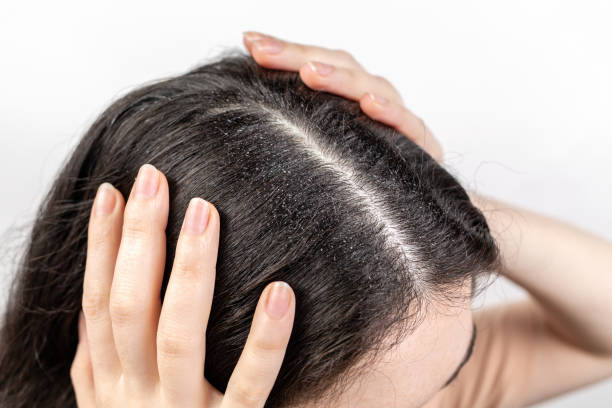
Oils That Help for Each Type
Each type of hair fall responds best to specific Ayurvedic oils.
-
For nutritional deficiencies, Bhringraj and Amla oils are rich in minerals and antioxidants that support hair regeneration.
-
In hormonal cases, Brahmi and Hibiscus oils help calm the scalp and balance hormones.
-
For stress-related shedding, oils with Lavender, Jatamansi, or Ashwagandha offer both mental relaxation and scalp nourishment.
-
Postpartum hair fall can benefit from Methi-infused oils, known for their protein content and regenerative properties.
-
For genetic hair fall, regular use of Indigo and rosemary oils may strengthen follicles and reduce further loss.
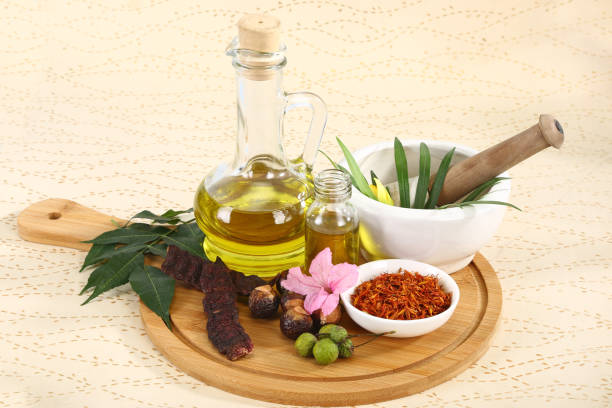
Application Techniques & Tips
While choosing the right oil is important, how you apply it makes a big difference, too! (Understanding and applying this made all the difference for me.)
-
Always warm the oil slightly before use, as this helps in better penetration into the scalp.
-
Use your fingertips to gently massage the oil in circular motions for 10 to 15 minutes. This stimulates blood flow and relaxes the muscles around hair follicles.
-
Avoid using nails or aggressively rubbing the scalp, as this can cause more harm than good.
-
Ideally, leave the oil on overnight or for at least 2 hours before washing it off with a mild, sulphate-free shampoo (very important!).
-
Most hair types benefit from oiling 2 to 3 times a week. But depending on your hair type and routine, you can figure out what suits your hair the best.
-
Regular oiling not only helps in reducing hair fall but also improves hair texture and shine over time.
When to See a Dermatologist?
While Ayurvedic oils and proper care can work wonders for most cases, some situations require professional intervention. If your hair fall exceeds 100 strands a day consistently, or if you start noticing bald patches, thinning eyebrows, or scalp inflammation, it’s time to consult a dermatologist. Conditions like alopecia areata, scalp infections, or underlying health issues may need medical treatment alongside topical care. The earlier you seek help, the better the chances of regrowth and recovery.
Conclusion
Turns out, I didn’t need a casting call to live out my screen-worthy hair moment. All I needed was the right kind of care, which is root-deep, consistent, and oh-so-soothing. Understanding the different types of hair fall and learning what my scalp actually needed changed everything. With the power of Ayurvedic hair oiling for hair fall, I was finally able to flip my hair, feel it flow, and not worry about the strands that used to follow.
So maybe I didn’t become the actress I once dreamt of, but hey, I get to play the lead role in my own hair story. Thanks to Ayurvedic hair oiling practices, there are no more dramatic endings. Just strong, healthy hair (and a whole lot of pretend photo shoots in the bathroom mirror)!
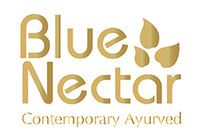

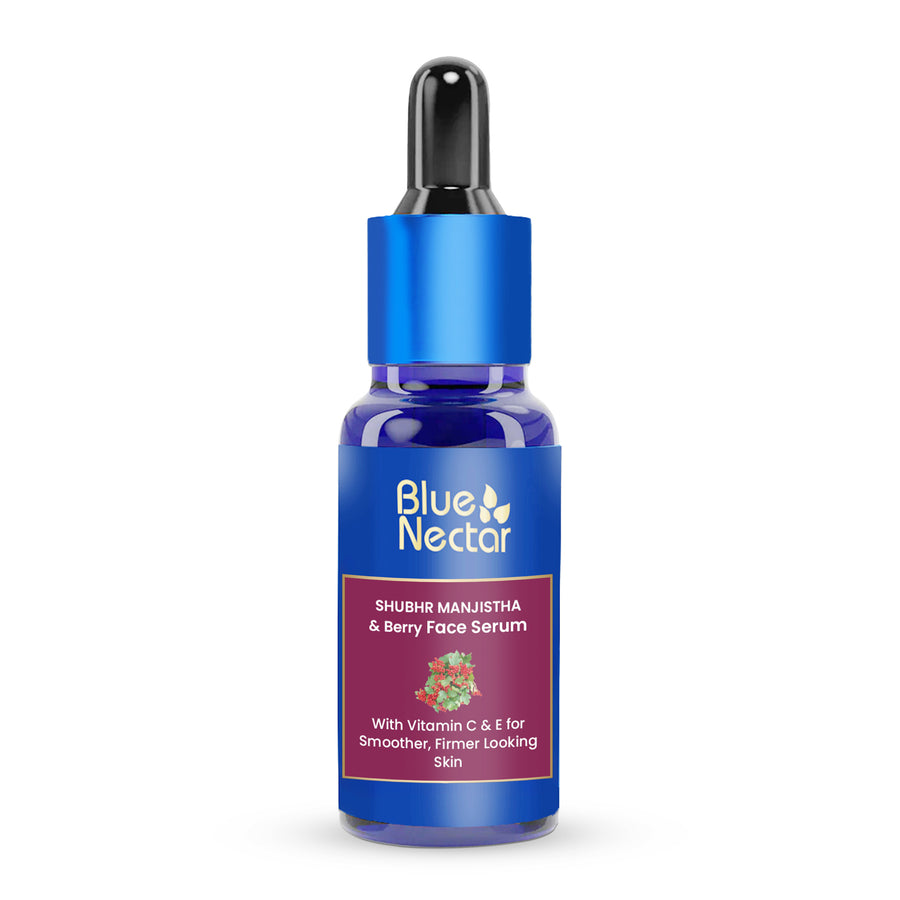
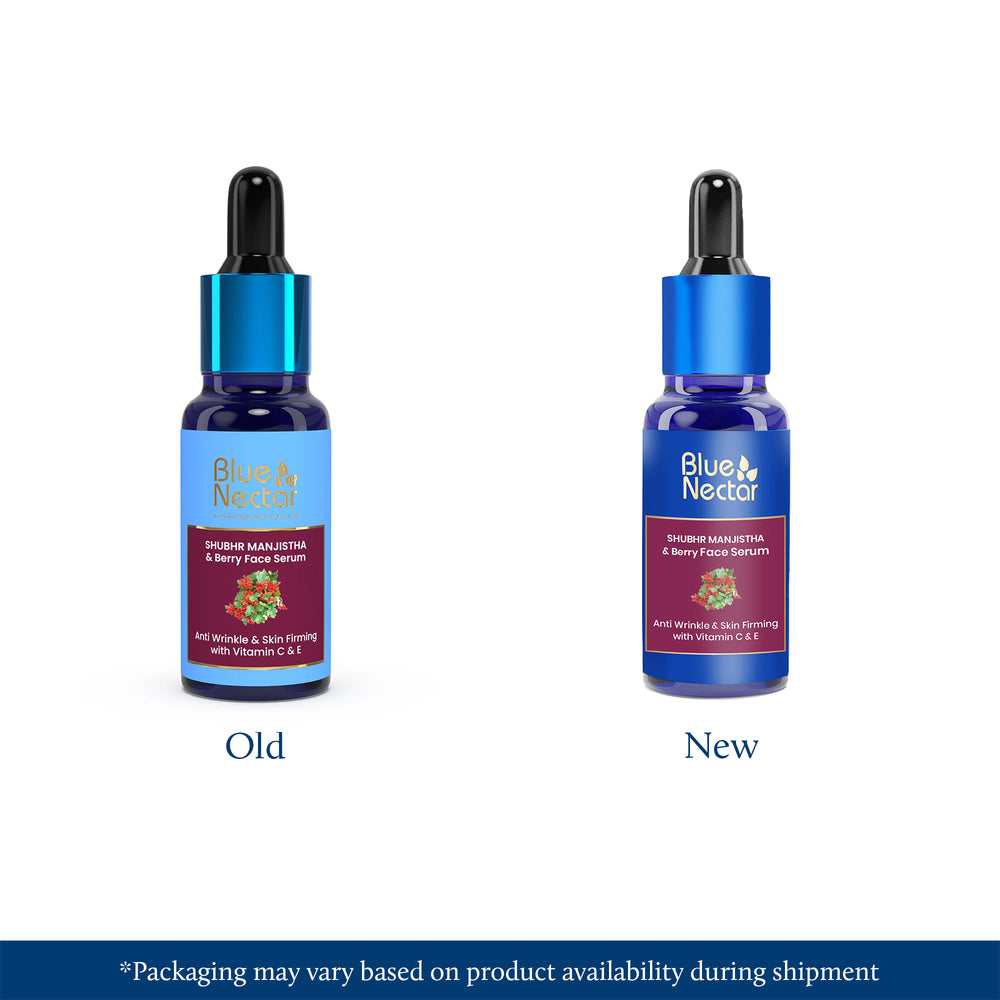
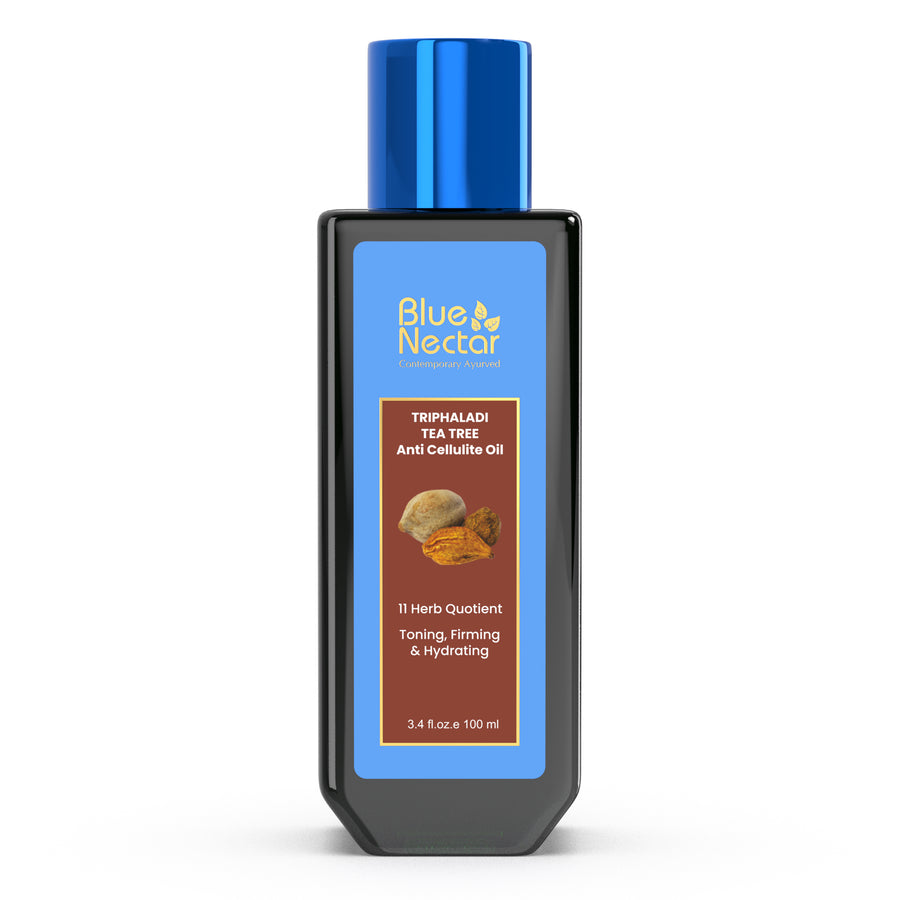
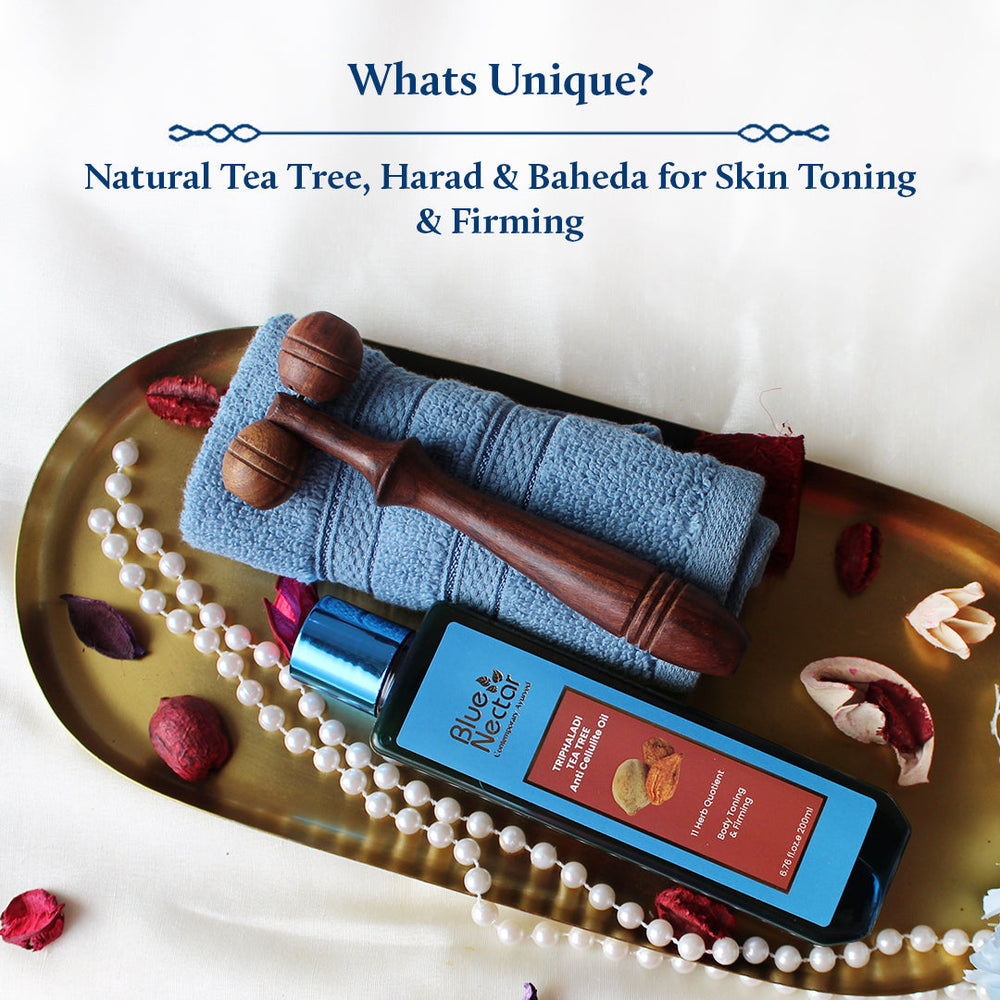

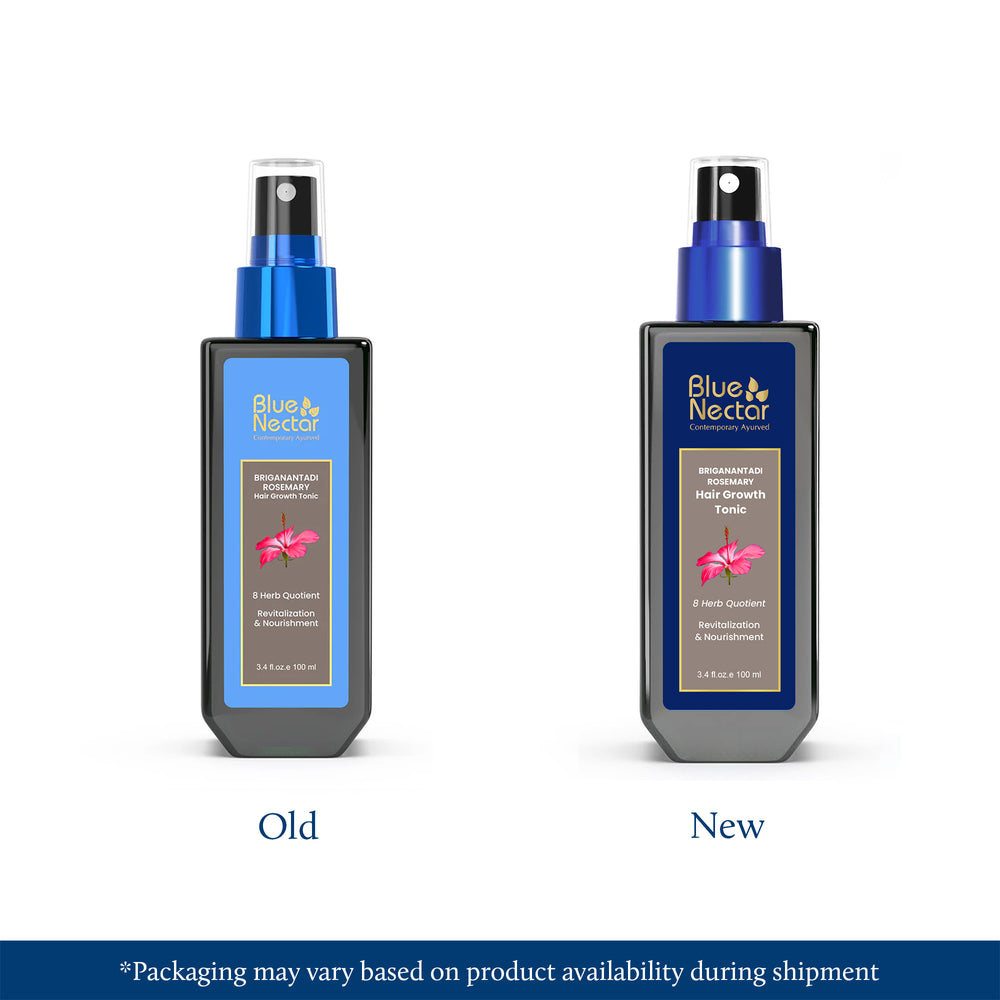
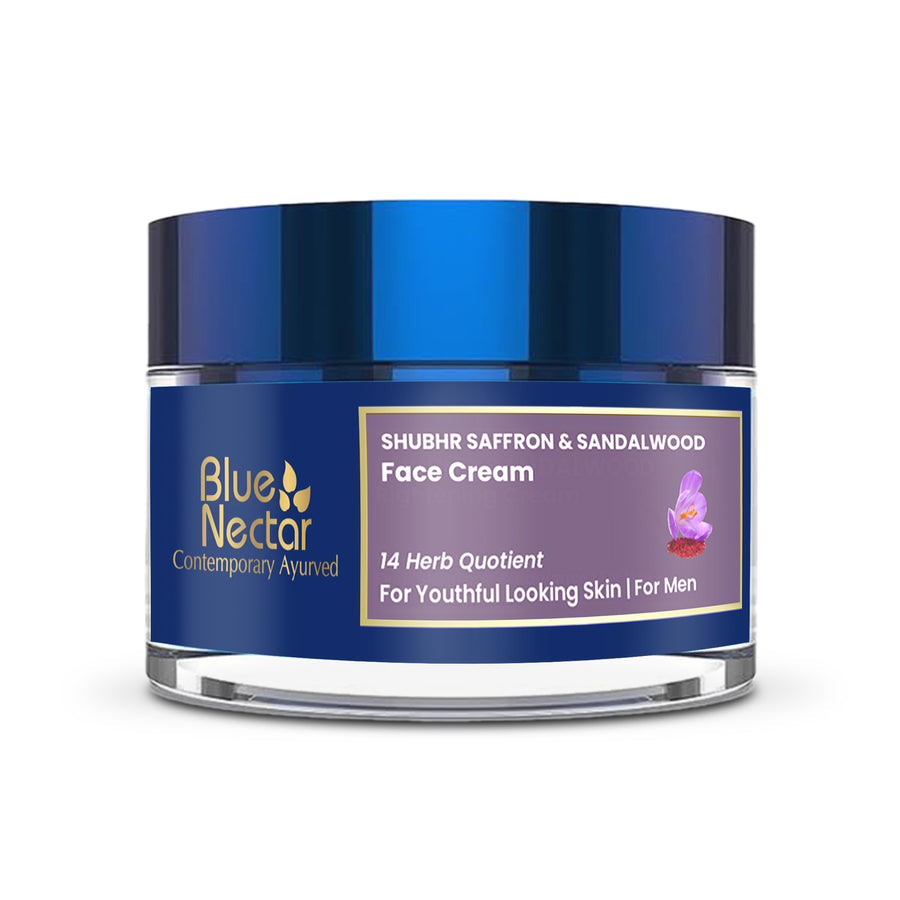
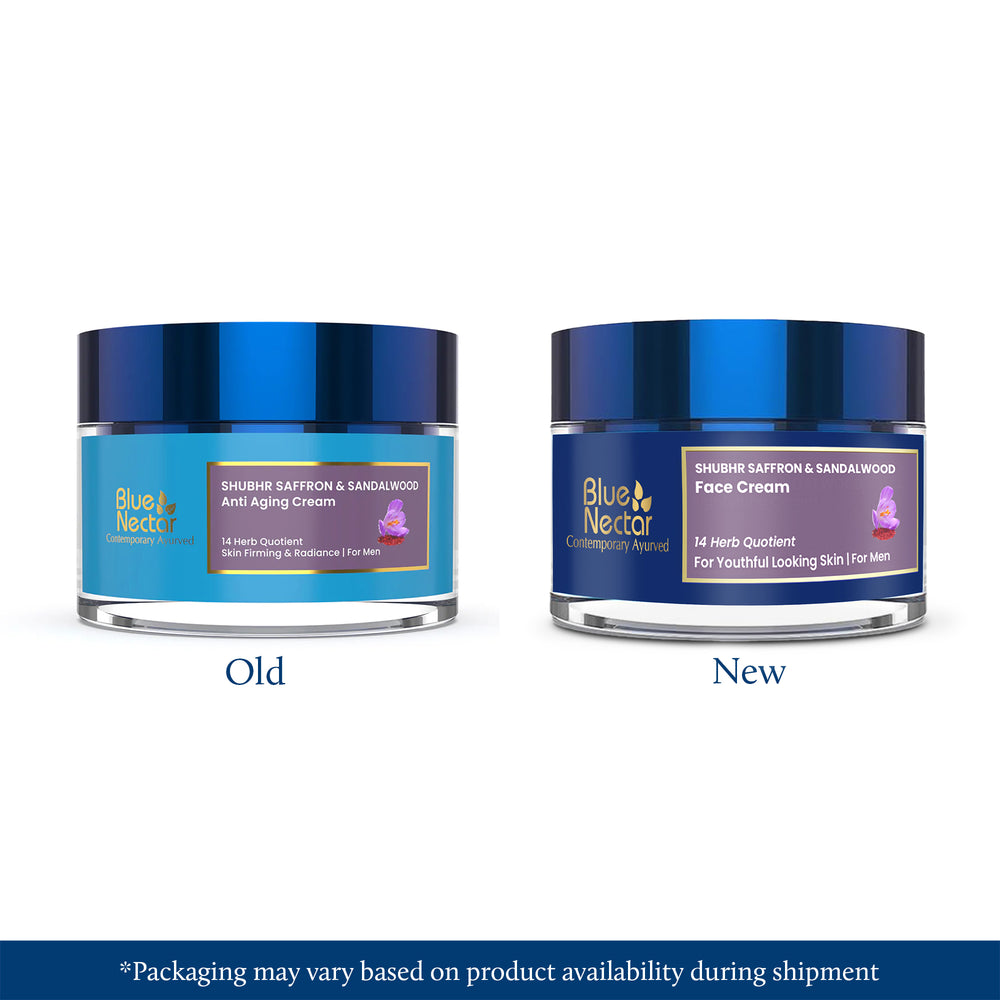
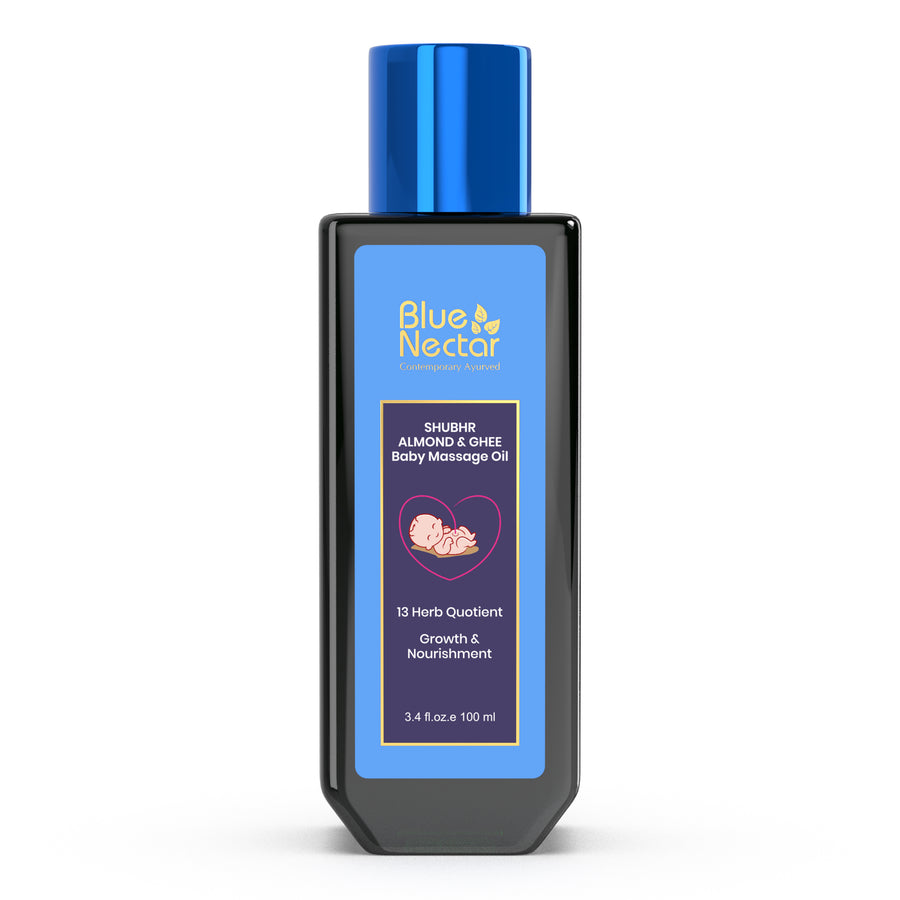
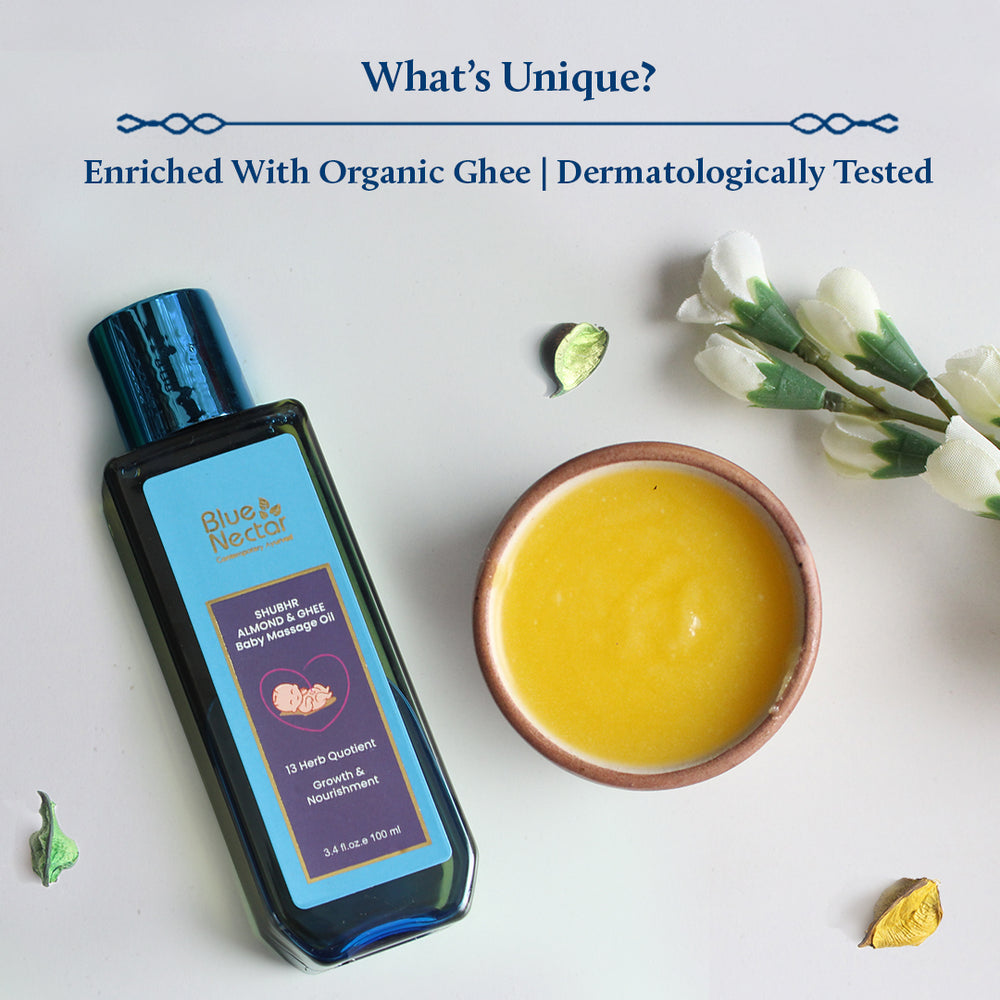

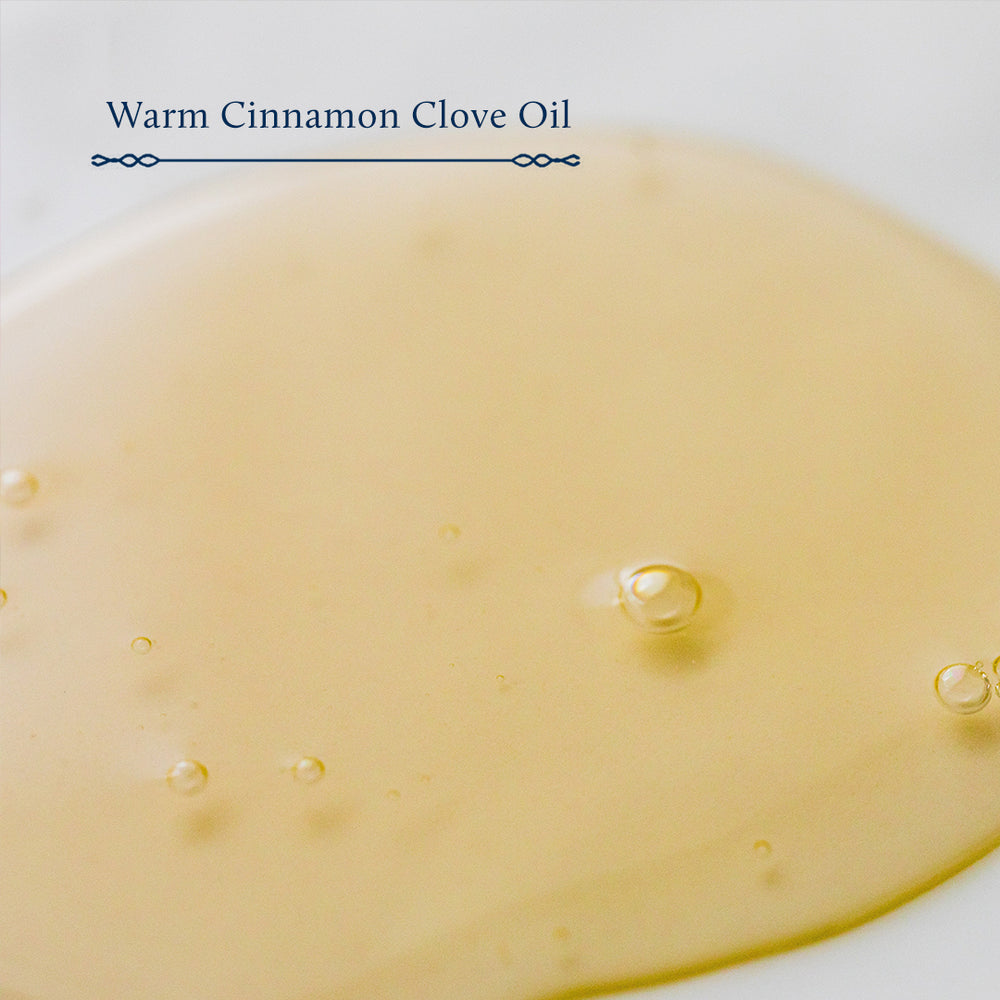


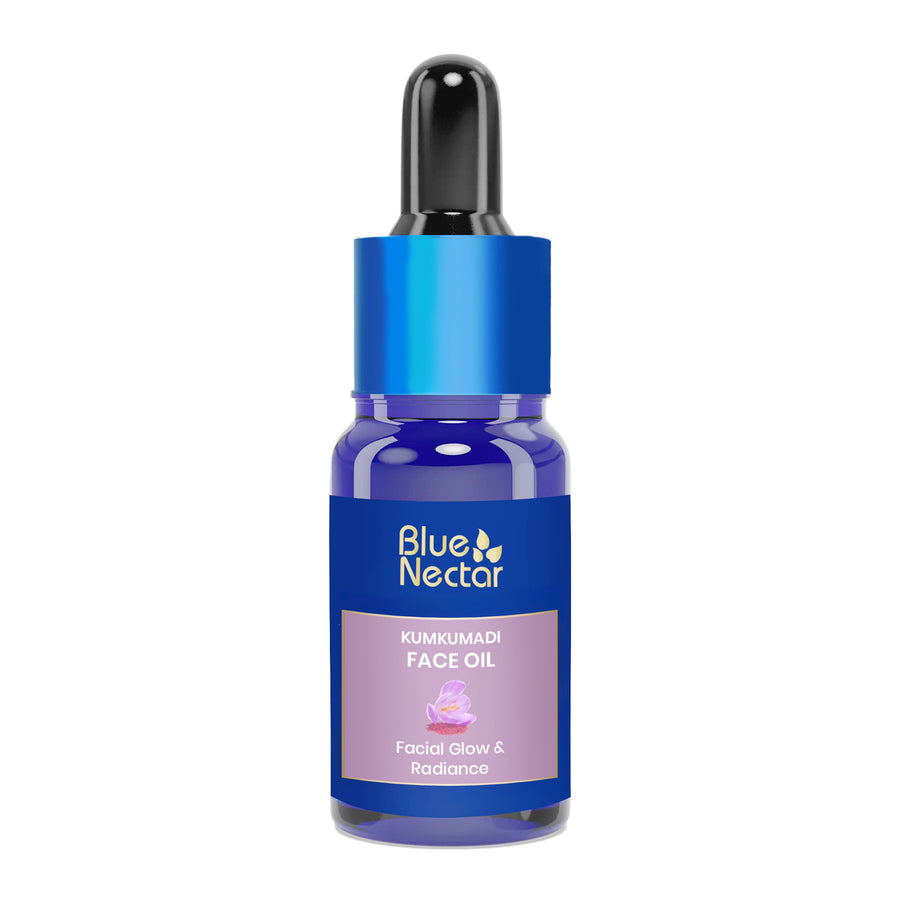
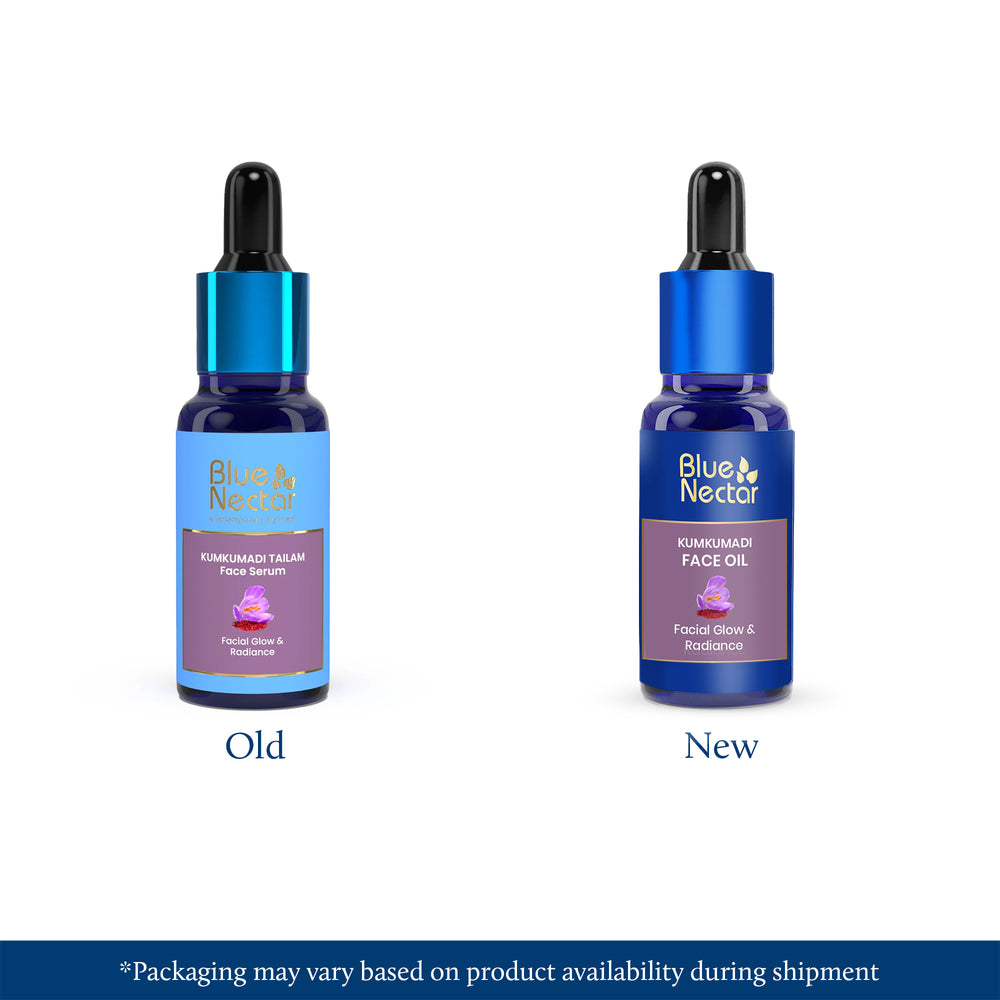
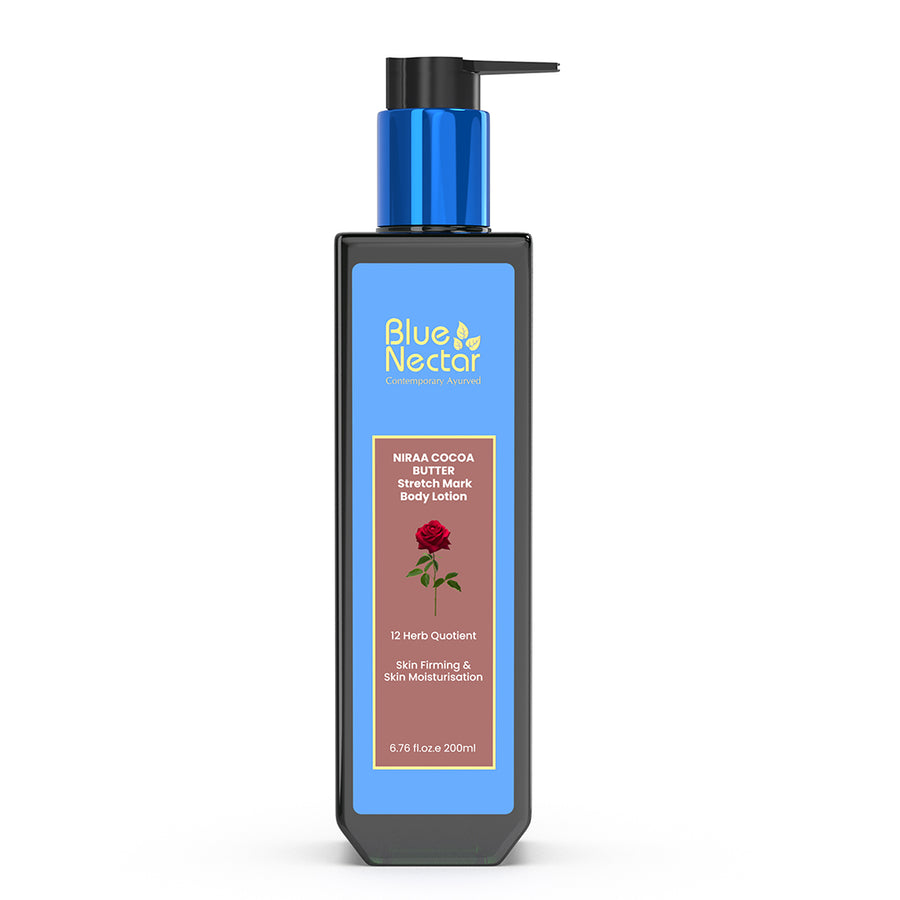
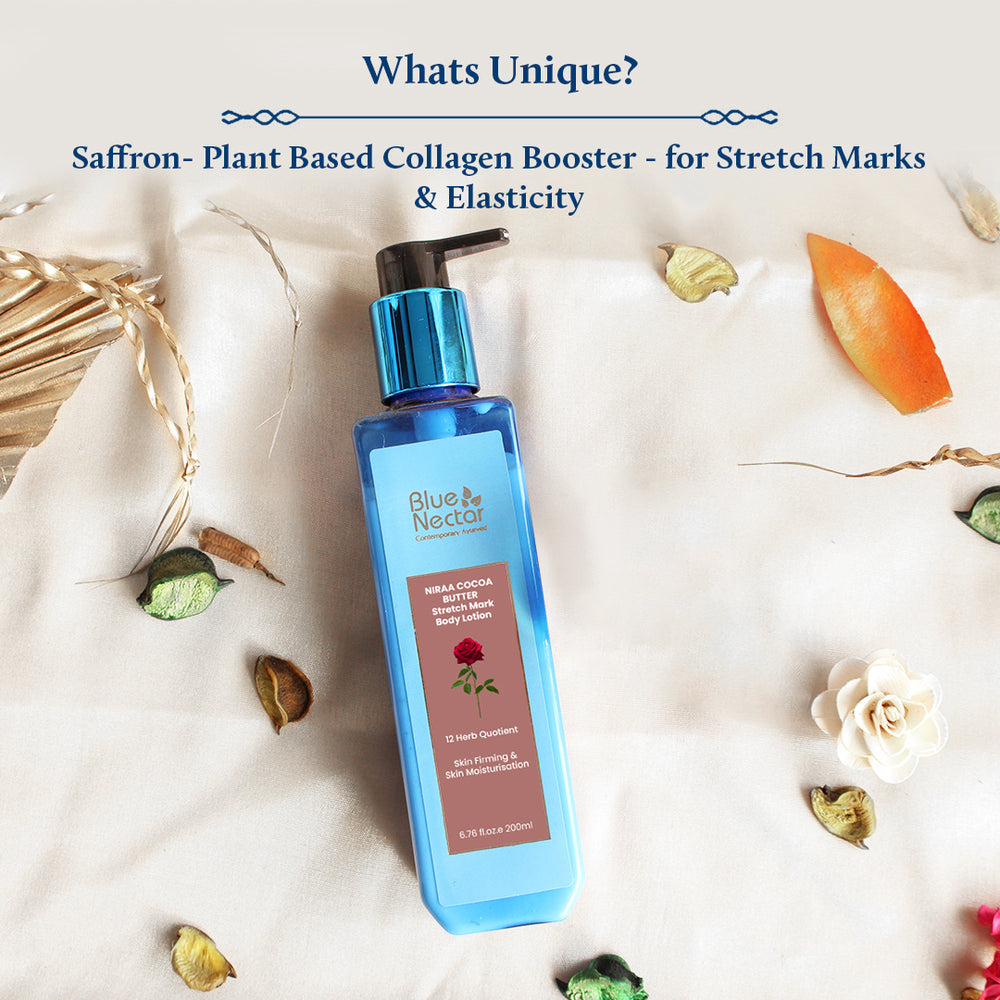
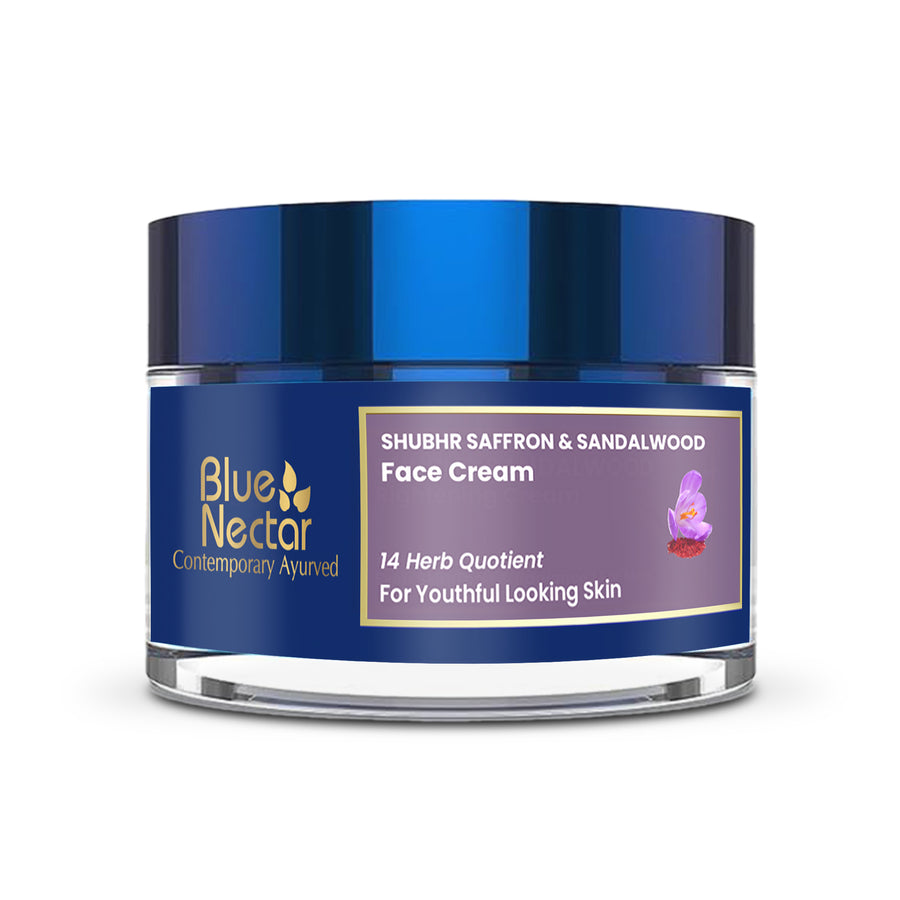
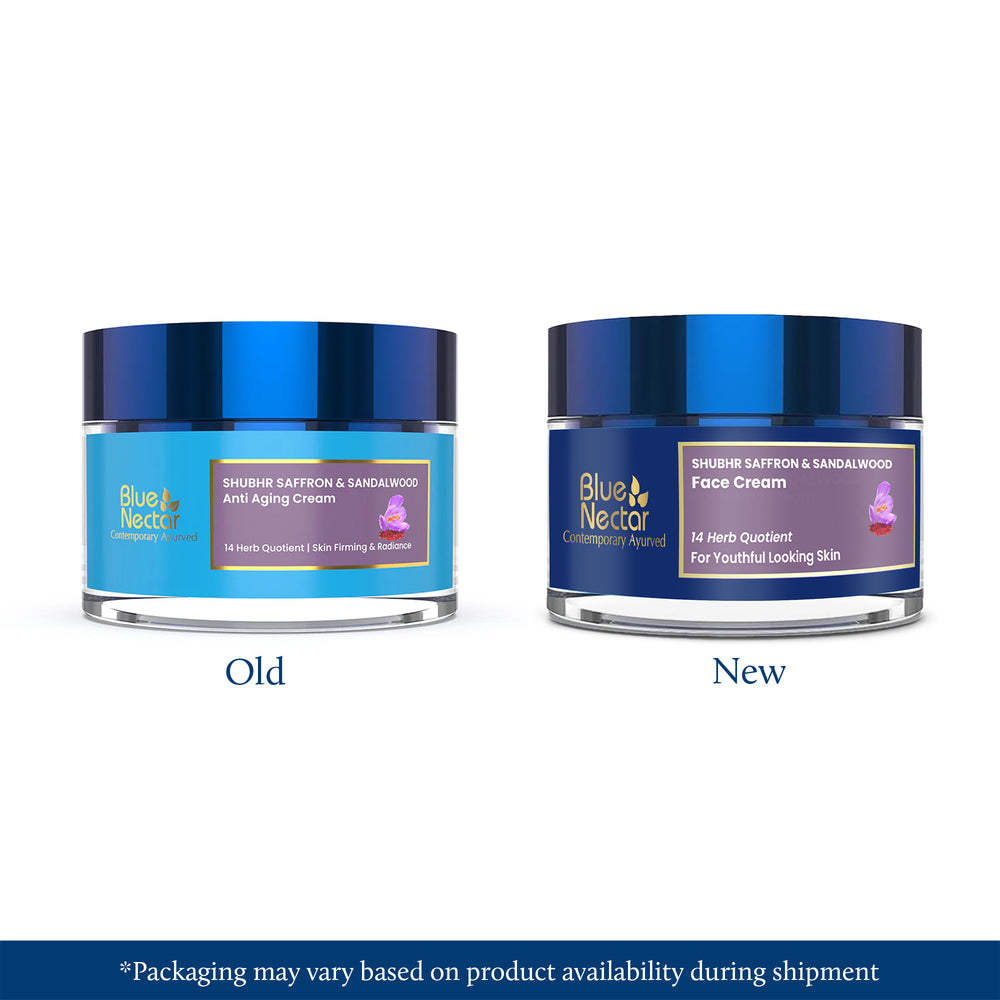
OMGGG I wanna have hair like that too!! I’ll definitely try this!!
Can hair fall be seasonal? I usually don’t lose this much hair, but lately it’s been a lot and some people say it’s due to the season. What do you all think? Also, do you guys use rosemary oil?"
Would you like suggestions on how to reduce seasonal hair fall too?
Leave a comment